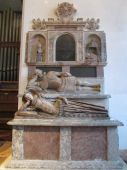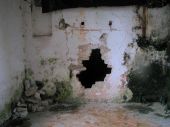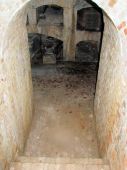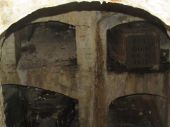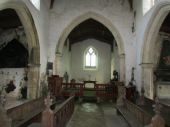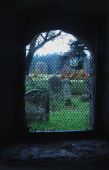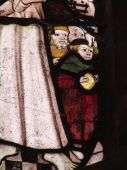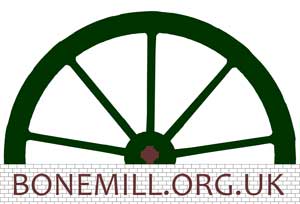Venerating the Ancestors Day School November 2015 - taken by Anne Mason
The day began with David Burchell filling in the course participants with the background to the Bone Mill project that has been running since March 2015. It was only four years ago that the Heritage Lottery funding allowed projects for private owners to be included and the Bone Mill project is the first one of this criteria in Norfolk.
We heard how bones, exhumed from graveyards in Germany found their way to the Mill at Narborough, to be dissolved in acid and ground up to make fertiliser. To us this sounds like a very disrespectful way to treat our ancestors but Anne Mason told us how it was common practice in Germany to exhume graveyards due to lack of space to make room for new burials. There are other instances of burials where our forebears were not venerated - mass war graves; plague pits; those who take their own life were not allowed to be buried in consecrated land; victims of body snatchers to name but a few.
But for the most part man has felt his ancestors should be treated with respect. The Egyptians buried their Pharaohs with great ceremony. It was looked upon that the worst fate after death would be to be forgotten.
Anne talked us through the various types of burials over the centuries. In Thetford as more trees are felled it has come to light that there is a large density of bronze age burial mounds in the area, the numbers equalling those that can be found around Stonehenge.
It was the Romans who began using headstones to commemorate the lives and deaths of their loved ones. Anne cited a number that can be found on Hadrian's wall - one of a soldier, one of a child and one of a woman from a British tribe who became a Roman slave and then married a Roman.
Anne told us about the various ways our ancestors were commemorated including brasses in Churches, tombs, heraldry, wall tablets, ledger slabs on the floor of churches (of which there are a plethora at St Nicholas' Chapel in King's Lynn).
After Anne's presentation we spent some time working in groups looking at printouts of the many inscriptions from the St Nicholas' ledgers where we analysed the information they gave us. We could learn more than just dates of birth and death, we read of their occupations, their status in society, how well regarded they were in life and how the people left behind felt about the passing of their loved ones.
We then headed out to see some memorials for real. We visited two churches - one was St Mary's church at Narford. We had to battle our way through a very heavy downpour but it was worth it - the Church is in a beautiful setting. It sits by the huge lake of Narford Hall - a splendid building that sits close by. The Church is very rarely used these days and is in a state of disrepair but was still a very interesting building to view. We were amazed at the gaping hole in the bricks that lead down to the crypt - we were told by the Rev'd Stuart Nairn that it had been knocked through many years in the past by a member of the Fountaine family who was seeking out family treasure! Before our trip to Narford we ventured to All Saints Church in Narborough. Anne set us a task to find various examples of memorials and we spent a good hour there looking at memorials in this beautiful church including the stained glass window that is a memorial for the Marriott family which takes us back full circle to the reason for the workshops - the bone mill, originally owned by the Marriotts.
Written by Jan Foster-Bartlett Blog 19/11/15




